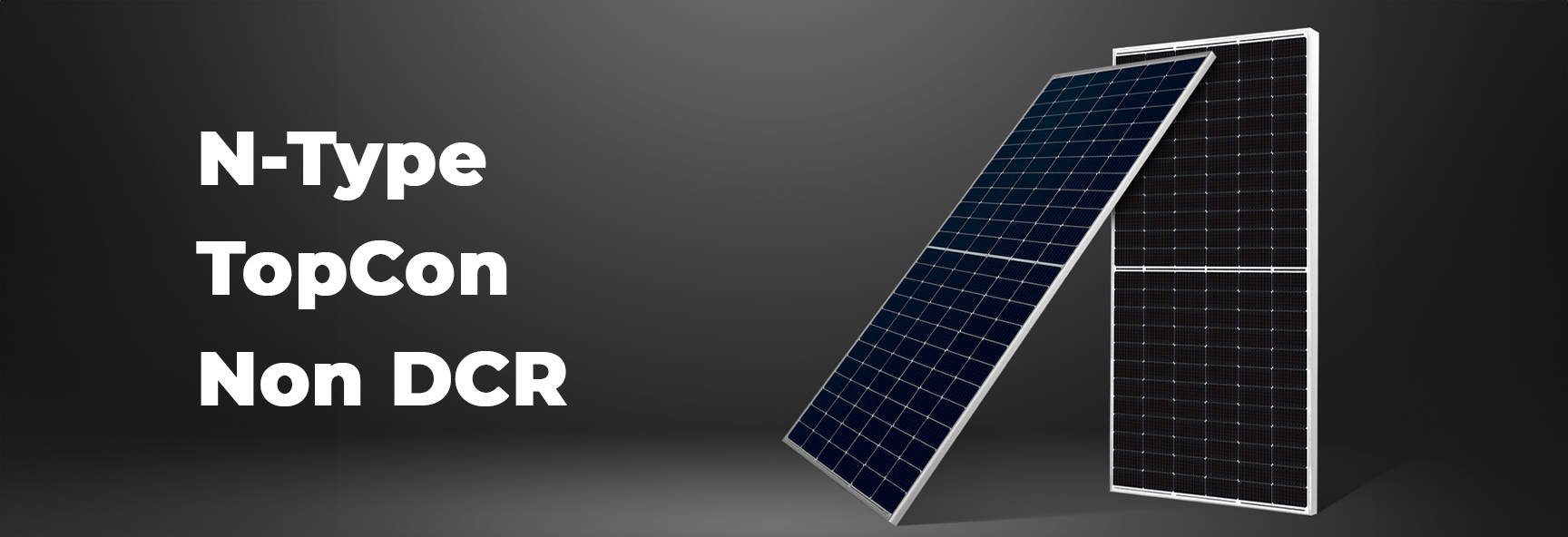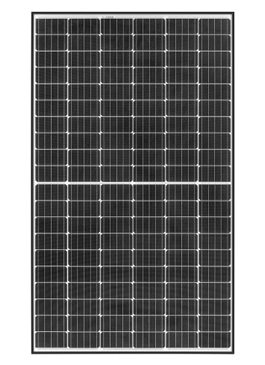
N-Type Solar Panels
N-type solar panels are a type of photovoltaic technology that uses N-type silicon as the base material for solar cells, as opposed to P-type silicon, which is more common in the industry. N-type solar cells are designed to enhance efficiency and longevity by reducing certain limitations inherent in P-type cells.
Key Features of N-Type Solar Panels
1. Material Composition
- N-type cells are doped with phosphorus, creating an excess of electrons (negative charge carriers).
- This contrasts with P-type cells, which are doped with boron to create positive charge carriers.
2. Higher Efficiency
- N-type solar cells generally achieve higher efficiencies due to reduced susceptibility to light-induced degradation (LID) and other performance-degrading factors.
3. Reduced Light-Induced Degradation (LID)
- P-type cells often suffer from LID caused by the interaction of boron and oxygen.
- N-type cells avoid this problem, maintaining stable performance over time.
4. Temperature Coefficient
- N-type panels typically have better performance at high temperatures compared to P-type panels, resulting in improved energy yield in hot climates.
5. Longevity
- These panels usually have longer warranties (often up to 30 years) because they are less prone to degradation and maintain a higher performance level over time.
6. Bifacial Capabilities
- Many N-type solar cells are used in bifacial panels, which generate power from both sides, increasing overall energy output.
7. Higher Initial Cost
- N-type solar panels are generally more expensive than P-type panels due to the more advanced manufacturing process and higher efficiency levels.
Examples of N-Type Solar Panel Technologies
- Heterojunction Technology (HJT): Combines N-type crystalline silicon with thin amorphous silicon layers for even higher efficiency.
- IBC (Interdigitated Back Contact) Cells: Utilizes N-type silicon with all electrical contacts on the rear, improving light absorption.

